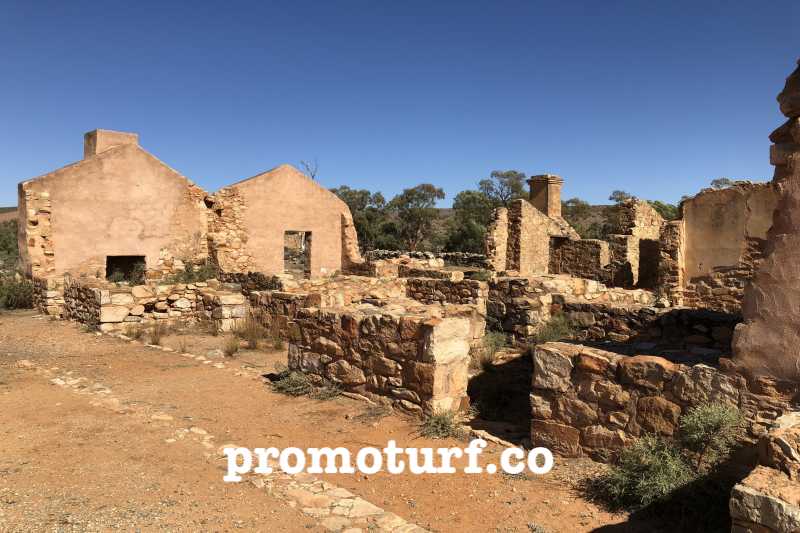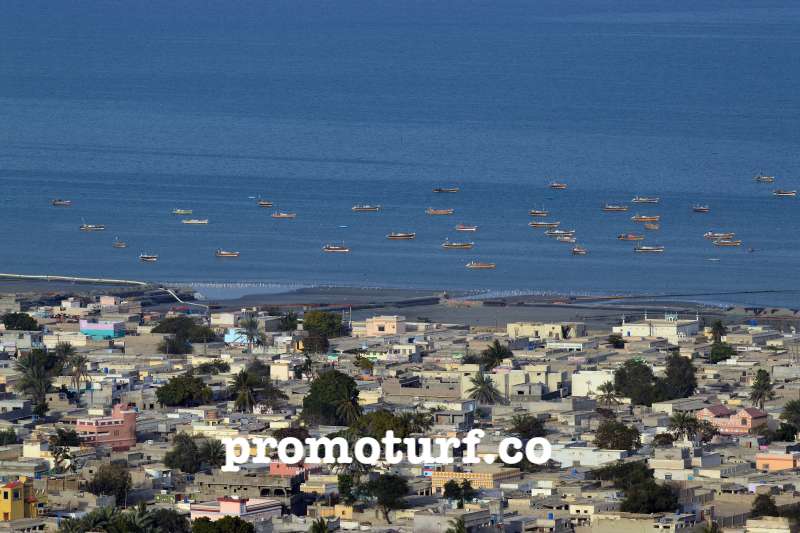Mali, with its rich history, cultural landmarks, and natural wonders, offers a fascinating journey for travelers. Whether you’re a history lover, an adventure seeker, or someone looking to immerse in a unique culture, Mali has it all. This Mali itinerary provides a detailed roadmap for exploring the country’s top attractions, from the ancient city of Timbuktu to the beautiful Niger River. Discover the best places to visit, things to do, and essential tips to make the most of your trip to Mali.
Day 1-2: Arrival in Bamako, Mali’s Bustling Capital
What Can You Do in Bamako?
Start your Mali itinerary by exploring the lively capital, Bamako. Visit the National Museum of Mali to learn about the country’s history. The museum is an excellent introduction to Mali’s culture.
What to See in Bamako?
Don’t miss the famous Bamako Grand Mosque, a significant religious and architectural landmark. You can also visit the Point G Hill for panoramic views of the city.
Note: Bamako’s nightlife is lively, with traditional music and dance performances.
Day 3-4: Explore the Legendary Timbuktu
Why Visit Timbuktu?
Timbuktu is one of the most iconic cities in Mali. Known as a center of culture and learning, this ancient city is famous for its historical significance.
Reminder: The Djinguereber Mosque, a UNESCO World Heritage site, is a must-see while in Timbuktu.
What Makes Timbuktu Special?
Timbuktu is home to ancient manuscripts, reflecting its role in the trans-Saharan trade and Islam’s spread in West Africa. The desert surrounding Timbuktu adds to its mystique.
Note: Prepare for a desert adventure, and make sure to hire a local guide for a comprehensive tour.
Day 5-6: Djenné and Its Architectural Marvels
Why Is Djenné Famous?
Djenné is home to the Great Mosque of Djenné, an impressive mud-built structure that is a true architectural masterpiece. It’s also a UNESCO World Heritage site.
Reminder: Explore the town’s traditional mud-brick houses and learn about the unique construction techniques.
What to Do in Djenné?
Besides the mosque, visit the lively Monday market, where you can buy everything from textiles to local pottery. The town is small but offers a glimpse into ancient Malian life.
Note: Arrive early to catch the vibrant market activities and enjoy local delicacies.
Day 7-8: Bandiagara Escarpment and Dogon Country
Why Visit Bandiagara Escarpment?
The Bandiagara Escarpment is a stunning natural wonder. It offers breathtaking views and is home to the Dogon people, who live in cliffside villages.
Reminder: Trekking through the escarpment can be challenging, so bring comfortable shoes and water.
What Can You Do at Bandiagara?
Take a trek through the Dogon villages, where you can witness traditional homes and rock art. The area is perfect for photography and learning about ancient customs.
Note: Consider hiring a local guide to enrich your experience of the Dogon culture and history.
Day 9-10: The Majestic Niger River
What Makes the Niger River Special?
The Niger River is central to Mali’s culture and economy. Take a boat trip along its peaceful waters, and explore the towns of Mopti and Segou, which are located along the river.
Reminder: Enjoy the scenic beauty of the river, with its lush surroundings and traditional fishing villages.
What Activities Can You Do on the Niger River?
River cruises, fishing trips, and birdwatching are popular activities along the Niger. You can also explore the nearby towns for a taste of local culture and cuisine.
Note: Visit Segou during the dry season to get the most out of your river tour.
Day 11-12: Mopti and Its Historic Markets
Why Is Mopti Known as the Venice of the Sahara?
Mopti is a unique town located at the confluence of the Niger and Bani rivers. Its narrow canals and traditional boats have earned it the nickname “Venice of the Sahara.”
Reminder: Explore Mopti’s vibrant markets for local crafts, textiles, and spices.
What to Do in Mopti?
Mopti is a great place to enjoy the river and interact with locals. The city offers a combination of traditional boat trips, lively markets, and cultural attractions.
Note: Make sure to check out the local mosques and enjoy the sunset by the river.
Day 13-14: Segou – A Blend of History and Nature
Why Visit Segou?
Segou, located on the banks of the Niger River, offers a peaceful atmosphere and is known for its colonial-era architecture and traditional villages.
Reminder: Visit the nearby villages for a deeper understanding of the Malian culture and way of life.
What Can You Do in Segou?
Explore the local markets and enjoy a boat trip along the Niger River. The town also has several historical sites, including the Tomb of the African Chief.
Note: Segou is a great place to relax and soak in the cultural experiences.
Chart: Mali Itinerary Overview
| Day | Destination | Key Attractions | Recommended Activities |
| 1-2 | Bamako | National Museum, Bamako Grand Mosque | Visit museums, explore markets, hike Point G Hill |
| 3-4 | Timbuktu | Djinguereber Mosque, Ancient Manuscripts | Visit mosques, explore desert, hire a local guide |
| 5-6 | Djenné | Great Mosque of Djenné, Traditional Markets | Market shopping, visit mud-brick houses |
| 7-8 | Bandiagara Escarpment | Dogon Villages, Cliffside Dwellings | Trekking, photography, cultural learning |
| 9-10 | Niger River | Boat trip, Segou, Mopti | Boat tours, fishing, birdwatching |
| 11-12 | Mopti | Traditional Markets, River Cruises | Explore town, visit markets, river activities |
| 13-14 | Segou | Colonial Architecture, Tomb of the African Chief | Explore local villages, enjoy riverside relaxation |
FAQs About a Mali Itinerary
- How long should I spend in Mali?
A two-week trip is ideal to explore Mali’s major attractions, including Timbuktu, Djenné, and the Niger River. - What is the best time to visit Mali?
The dry season from November to February is the best time to visit Mali for comfortable weather and outdoor activities. - Can I travel to Mali independently?
While it’s possible, it’s recommended to hire local guides for historical and cultural sites, especially in rural areas. - How do I get around Mali?
In Mali, travel by road, boat, or small aircraft is common. Hire a local driver or use taxis for city transport. - Are there any safety concerns when traveling in Mali?
Some areas may have security risks. Always check for updated travel advisories before planning your trip.
Conclusion: The Ultimate Mali Itinerary
Mali offers an unforgettable adventure filled with historical wonders, cultural richness, and scenic landscapes. From the ancient city of Timbuktu to the picturesque Niger River, each destination provides unique experiences. Whether you’re trekking through the Dogon Country or exploring the markets of Bamako, this itinerary ensures you make the most of your time in Mali. By following this guide, you’ll uncover the beauty and heritage of one of Africa’s most fascinating countries.



